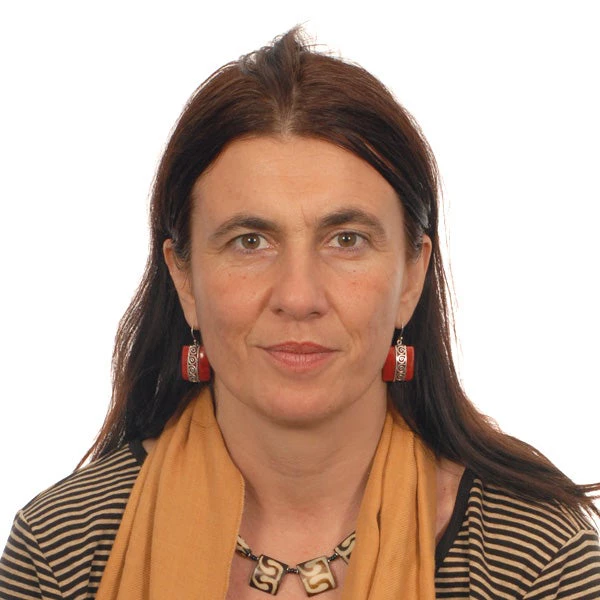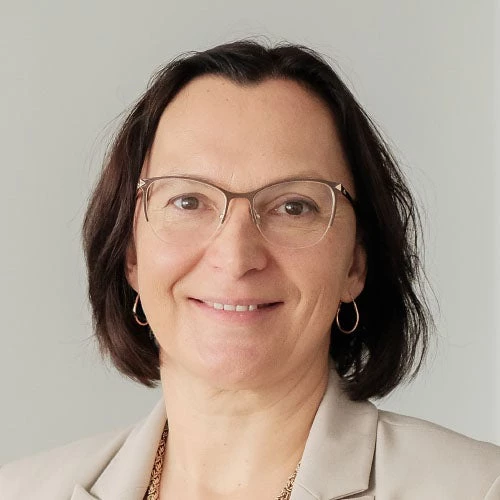 Высохшее дно Аральского моря
Высохшее дно Аральского моря
November 4, 2021 seemed like any other autumn day in Tashkent. But as commuters and children made their way to work and school, an unprecedented event took place: a sweeping dust storm blanketed the entire city—stopping traffic, halting work, and impacting people’s ability to breathe.
This storm was the first of its kind to hit the city in 150 years—when events like these were first recorded. And it likely won’t be the last. This phenomenon is largely the result of climate change’s impacts on the region. Drought and record-high temperatures have dried out the area for months, leading to the perfect conditions for this mass of swirling debris to slam Uzbekistan’s capital and many regions.
Desertification across Central Asia
Uzbekistan is not alone in experiencing a rapid increase of desertification and landscape degradation and their impacts on local livelihoods. Kazakhstan, Tajikistan, Turkmenistan, and the Kyrgyz Republic are likewise facing increasingly dry conditions as a result of climate change and land degradation.
Kazakhstan, where a large portion of the Aral Seabed lies, is directly impacted by the rise in sand and dust storms, with significant and lasting harm to the land and communities living there. Across Central Asia, livelihoods are rooted in natural resources and agriculture– both of which are at risk to land degradation and desertification. But the impact is not just economic. Sand and dust storms threaten lives by causing and exacerbating respiratory diseases, cancers, and other illnesses due to harmful air pollutants.
What’s happening in Central Asia is not unique—it can be seen, and felt, all over the globe. But hope and opportunity remain for both people and the planet. Landscape restoration and nature-based solutions, such as returning to native, resilient crops and vegetation, for example, and developing small and medium enterprises based on natural resources, can provide communities with new income sources as well as increase the overall climate resilience of landscapes.
The World Bank has been active in Central Asia for 30 years, and in the last five years (most recently as part of Resilient Landscape Restoration Program -- RESILAND CA+) has been working with governments and local communities toward land restoration that: (1) builds more sustainable ecosystem management; (2) empowers communities by increasing economic investment and growth in productive restoration; and (3) focuses on food security through Agroforestry Trees and food that can grow under them.
To achieve these goals, authorities and stakeholders in Central Asia will need to challenge and rethink the concept of land restoration from a conservation focus to one that invests in productive landscape restoration whose final objective is to generate income by reversing land degradation. Three approaches that have worked worldwide are:
True, long-lasting restoration is like a puzzle; it requires a holistic view of the entire landscape. When embarking on a restoration project, we must connect with the land in the same way a doctor connects with and prescribes treatment for the entire body—viewing the entire landscape as a living, interconnected space. For example, if a project aims to restore a specific river basin, it must also consider the surrounding forests, rangelands, and agricultural lands.
2) Empowering local communities to be environmental stewards
People who live on and are the custodians of the land need to benefit from these programs. Working alongside local communities and understanding local practices is critical to achieving healthy and lasting landscapes. Restoration practices put into place must benefit local populations and ensure that they remain in place and are adopted in the long term.
3) Building for short-term strategies and long-term solutions
We must link short-term initiatives with long-term development needs, using a blend of policy options. Immediate policy tools can be quick employment programs,
Long-term solutions build opportunities for local populations, particularly young people who will become future entrepreneurs of Natural Resources Based Enterprises and environmental stewards. This process can be seen in the World Bank’s land restoration and climate change resilience projects from Laos to Uzbekistan through the newly developed “Climate Resilience” tool for planting trees that will resist the climate of the future on the individual, community, and national levels. Long term solution that should not be forgotten are related to land tenure: if we want famers to invest and not to degrade, they need security of land tenure.
Hope for our planet
Landscape restoration programs offer opportunities for economic development, youth engagement, gender-equity transformation, agricultural mitigation and adaptation, water use programs, and much more. Sand and dust storms, desertification, and climate change are not inevitable.
By rethinking the approach to landscape restoration in Central Asia, the region can better protect lives and livelihoods and help create a more sustainable and resilient future for all.



Join the Conversation